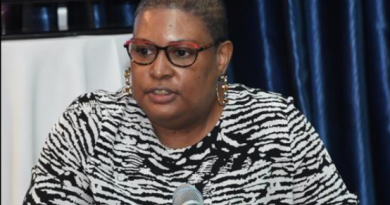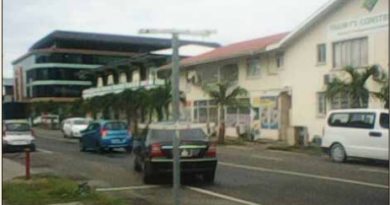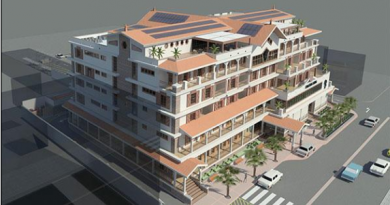Electoral Reforms favorises polarization

It is common knowledge that over the past five decades, Seychelles’ politics has been largely polarized between two main parties – the main opposition and the ruling party. Even in 2020, there is much resistance to changing this, despite the fact that the country hails itself as a pluralistic democracy.
While it is the ruling party which is the descendant of the dictatorial one party state, it has increasingly become clear that the biggest opposition party; Linyon Demokratik Seselwa is set on having only a single party in the opposition. LDS which is supposedly an amalgamation of four political parties, but which is now in reality, but the former Seychelles National Party under a new guise, as all the other partners have left the union; has been dispensing much effort into fighting any nascent opposition party and even going as far as to want the destruction of the one small party to which it owes its existence; Layans Seselwa!
The party has taken on a very aggressive stance vis-a-vis other opposition contenders. At the same time, LDS was not alone in the exercise to reform the electoral act which was concluded this year, in time for the new ballot casting exercise. Lalyans Seselwa, SPSJD the United Seychelles and others were part of this process, of which the end result is already being queried as to its fairness.
The regulations stipulate that anyone willing to endorse a candidate must also submit a photocopy of their National Identity Card, which sports a photo of the holder! Using this clause, the LDS has been able to quickly identify those rogue endorsers among the list of those who signed the nomination papers for Patrick Pillay to take part in the election as a presidential candidate. The very reason for having such a step in presenting documentations at the Electoral Commission was so that dead people and others of their ilk do not appear as signatories and neither do those who are indeed not on the Voters’ Register. Now the mere fact that a face can be put to a name, has turned this simple act into one that could potentially allow for anyone willing to endorse a candidate being victimized.
The electoral reforms committee had turned down a motion to make the legal required number of endorsements only fifty for a presidential candidate, but this was thrown out. As a result the smaller parties are disadvantaged and more vulnerable to fall foul of the law as some of their sponsors may not feature on the register of voters.
The same amended election law has also missed out on the opportunity for a truly fair playing field for the electoral process. It has retained the old allocation of time for contenders to put forward their pleas to the electorate through the Party Political Broadcast! The fact that the very name PPB has been retained shows the emphasis of being part of a political party if one want to present as a candidate for the elections! As it stands the regulations give the party candidates more advantage, in that over and above their individual 5 minutes slots in the PPB, their respective parties also get an allocation of 20 minutes each which makes it a total of 25 minutes for a political party and its candidates in the legislative elections. While the candidates each get the same number of minutes, the twist in the tail, is that due to the fact that they stand on a political platform belonging to a party, such candidate gets the added exposure even indirectly through the 20 minutes which its party gets to promote its manifesto. To be fair to independent candidates, they should get at least ten minutes in total to present their pitch for election. Unfortunately, the ones who are always harping on about making the playing field level, have failed at the first opportunity to really iron out issues which can tarnish the electoral process. Already the independent legislative candidates have started to complain of bullying of their endorsers and also of what they see as the unfair allocation of PPB minutes.




